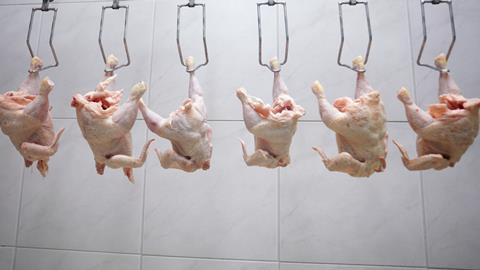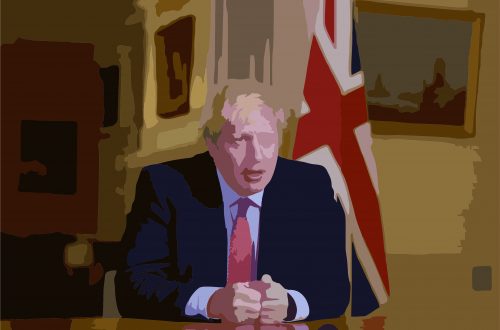As we reach the end of a tumultuous political year I’m not sure if, twelve months ago, anybody even suspected that 2019 would end with the Conservatives winning a “stonking” majority. I certainly didn’t!
Let’s look back and, with trepidation!, forwards to 2020, starting with the yellow peril of the Liberal Democrats.
Harold Wilson famously remarked that a week was a long time in politics, politicians and political parties forget it at their peril.
The LibDems misread the tealeaves, made some strategic errors, were the victim of a classic squeeze and lost their leader.
The 2019 local and European elections sent out messages that were interpreted in different ways. As history showed the Conservatives realised that they had to become a Brexit party and finished the year with an 80 seat majority after winning a general election.
The LibDems concluded that good times were just around the corner and ended the year with one seat less than 2017 and needing a new leader.
Swinson was, in some ways, unlucky but she was also naive and inexperienced. Fundamentally she failed to see, or accept, that the local and European elections were outliers – for a long time elections like these have been used to kick the major parties and their results should be taken with as much salt as the opinion polls. The polls did, however, show a consistent direction of travel, support was returning to the major parties.
The Conservatives parked their tanks on Farage’s lawn and Labour moved towards a second referendum making the LibDems’ revoke pledge look extreme and Swinson not a credible prospective Prime Minister.
Thatcher had more than four years, in a completely different environment, to sort out her image, etc before fighting Callaghan.
Swinson had less than four months before her picture was on the side of a bus and she was fighting a presidential style campaign with a pledge – revoke – that even alienated some Remainers.
The campaign had to pivot to begging voters to return another hung parliament where the LibDems might be kingmakers in which case they could get a second referendum which Remain might win. It’s not surprising that some Remainers switched to, or stayed with, Labour!
Swinson wanted a three way fight – and TV debates – with Johnson and Corbyn but her problem was Sturgeon who had more MPs, was more likely to be a kingmaker and was an older, more experienced and more substantial politician. To compound that Swinson had served in the 2010-15 coalition which could be used to encourage leftie Remainers to vote Labour not LibDem.
Virtually everything that could go wrong did, but their share of the vote picked up after stagnating between 2015 and 2017.
2010: 23%
2015: 7.9%
2017: 7.4%
2019: 11.6%
Their local government presence (number of councillors) more than halved during the coalition but is recovering.
2010: 3920
2015: 1812
2019: 2552
The rebuilding process is underway, but has some way to go.
The situation within Labour is uncertain. Should the hard left retain control they will probably try to purge more centrists/moderates/Blairites but none of those who switched to the LibDems for the 2019 election were re-elected.
Labour are going to be looking inwards, reflecting on why they lost, selecting a new leader and awaiting the forthcoming report from the Equalities and Human Rights Commission. There may be a window of opportunity but it’s uncertain whether the LibDems, who will also be introspective, could capitalise.





